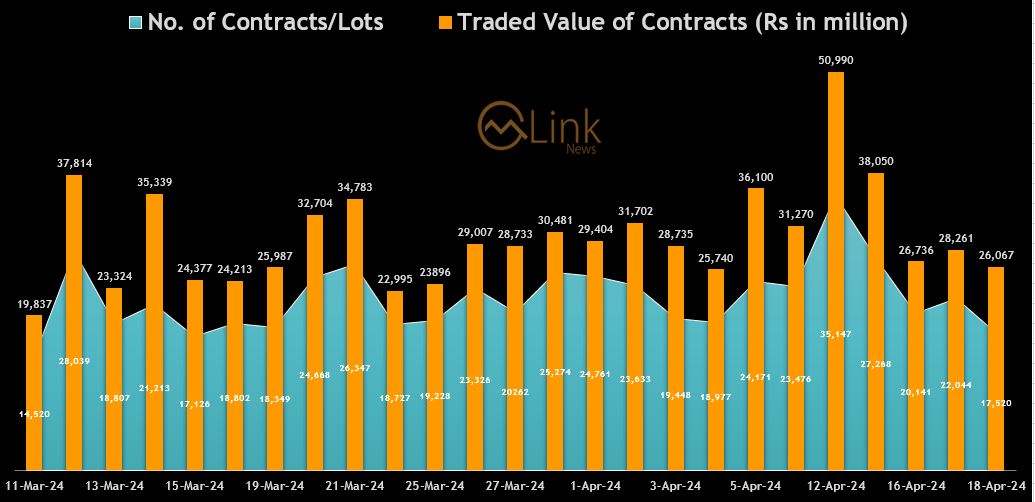Ever asked yourself where all your money is going? Then you could probably use some help from an expense tracking app. A digitized log of your spending easily shows you how you’re spending your dollars. Most apps go beyond...
Ever asked yourself where all your money is going?
Then you could probably use some help from an expense tracking app.
A digitized log of your spending easily shows you how you’re spending your dollars. Most apps go beyond a simple spending diary though. They sum up your expenses by budget categories and prompt you to create spending limits.
With an expense tracking app, you can identify unhealthy spending habits so you can make necessary changes. If you’ve been in denial about how much of your paycheck is going to takeout meals, for instance, an expense tracking app will tell you the truth. Maybe then you’ll be convinced to cook more at home to save money.
We’ve summed up 10 of the best expense tracking apps so you can find the right one for you and take better control of your spending.
1. Clarity Money
Clarity Money is a free budgeting app backed by Goldman Sachs. Expense tracking is done automatically by linking your bank, credit union or credit card accounts.
The app doesn’t allow you to manually add in transactions, so you won’t be able to factor in cash spending or spending from any accounts that aren’t linked.
Clarity Money sorts your expenses into pre-set budget categories, and also allows you to see how much you’ve been spending at a particular merchant. It sums up your total spending over the past several days and will let you know how much money you have left to spend based on your monthly income.
Another feature highlights recurring expenses to potentially alert you to unused subscriptions you might want to cancel.
2. EveryDollar
EveryDollar is a budgeting app centered on the zero-based budgeting method. It’s created by personal finance guru Dave Ramsey.
The free version of EveryDollar requires you to manually enter your financial transactions to track your spending. When you swipe your debit card at the grocery store or buy clothes online, it’s up to you to log in those purchases.
For $129.99 a year, the app’s premium version — Ramsey Plus — will track your expenses automatically by syncing to your bank accounts. It also provides access to Ramsey’s Financial Peace courses and helps you track your way through his “Baby Steps” plan.
You can sign up for a seven-day free trial of Ramsey Plus to test it out before committing to the annual cost.
3. Goodbudget
Goodbudget is a personal finance app that digitizes the cash envelope budgeting method. If you’re a fan of the envelope budgeting system, you can keep track of your spending that way with this app.
It’s a good budgeting app for couples, because you can log in from multiple devices. The free version of Goodbudget allows you to sign in from two different devices and gives you up to 20 digital envelopes to work with.
The paid version costs $7 monthly or $60 annually and lets you log in from seven devices. You can budget with an unlimited amount of envelopes using the paid version.
Goodbudget doesn’t sync to your financial accounts, so you’ll have to update your transactions manually or by downloading your transaction history from your bank’s website and importing it into the app.
4. Honeyfi

Honeyfi is another good couple’s app. It lets you send in-app messages to your other half so you can chat about any questionable spending from shared accounts.
This app links to your financial accounts so you can see your spending in real time. You can set up alerts so you’re notified whenever your partner makes a transaction or when you have an upcoming bill. This app also shows you how much cash flow you have remaining for the month.
Besides tracking your spending, you can use Honeyfi to track toward your savings goals. You can authorize the app to set aside a certain amount of money in a separate account on a regular basis.
Honeyfi costs $59.99 per year, but you can try it for free for 30 days.
5. Mint
Mint is a longstanding budgeting app, run by Intuit.
It’s a free app that syncs to your bank account and lets you customize your budget by creating as many spending categories as you want. Mint will analyze your finances and suggest budget limits based on your spending habits.
You can stay on top of upcoming bills with this app and get alerts when your balance is getting too low. Additional features of Mint allow you to check your credit score and track your investments.
6. Mvelopes
Mvelopes is another budgeting app based on the cash envelope budgeting system.
You can sync your bank accounts to track your spending and stay on top of how much money you have remaining in each of your budget categories.
This app has three price tiers. Mvelopes Basic costs $6 a month or $55 a year. Mvelopes Premier costs $9.95 a month or $99.95 a year. Mvelopes Plus costs $19 a month or $190 a year.
Each level provides additional features to improve your personal finances, including learning resources and quarterly coaching. You can test out Mvelopes with a free 60-day trial.
7. Personal Capital
Personal Capital is an app that’s known for putting all aspects of your financial life in one place — including tracking your net worth, retirement savings and investments. But it also includes a cash flow feature so you can stay on top of what you’re spending from linked bank and credit card accounts.
Personal Capital lets you customize your budget so you can take note of where you’re spending the most money. It also juxtaposes your current spending with how much you spent the previous month, so you can see if you’re on track to spend similarly.
This app is free to download and use for basic money management. However, if you want to take advantage of Personal Capital’s wealth management services, like getting advice from a financial adviser, you’ll be charged fees based on the size of your portfolio.
8. Simplifi
Simplifi is a money management app by Quicken. Sync your financial accounts to view all your spending in one place.
Simplifi automatically categorizes your spending, shows you upcoming bills and tracks recurring expenses to highlight subscriptions you may want to cancel. It also lets you set up savings goals and will give you tips on how to reach those goals faster.
This app costs $3.99 per month or $39.99 annually, but you can test it out with a free 30-day trial.
9. Tiller Money
Tiller Money is an expense tracking tool for spreadsheet lovers. It takes the information from your linked financial accounts and imports that to your Google Sheets budget or Excel budget, which you can customize to your liking. Tiller Money also has budget templates you can use.
This app can automatically categorize your expenses or you can choose to manually categorize them. Tiller Money keeps you up-to-date on your spending with daily account activity emails.
Tiller Money costs $79 a year. Try it out at no cost with a free 30-day trial.
10. YNAB
YNAB — or You Need a Budget — follows the zero-based budget principle of giving every dollar a job. Use this app to keep your spending in line with your budget.
Link your bank accounts to automatically track your expenses. YNAB will create reports so you can see how your spending compares to your money goals.
You can access this app from almost any device, including Alexa or your Apple watch — which means you have no excuse to not know where your money is going.
YNAB costs $11.99 per month or $84 annually. Try it out for free for 34 days.
Nicole Dow is a senior writer at The Penny Hoarder.
This was originally published on The Penny Hoarder, which helps millions of readers worldwide earn and save money by sharing unique job opportunities, personal stories, freebies and more. The Inc. 5000 ranked The Penny Hoarder as the fastest-growing private media company in the U.S. in 2017.















